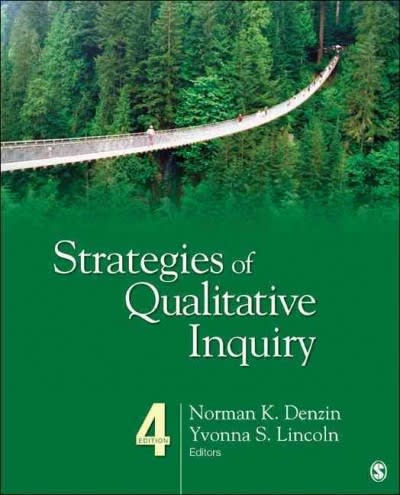Answered step by step
Verified Expert Solution
Question
1 Approved Answer
Imagine you're out hiking with a friend, and you spot a snake on the trail. You are very afraid of snakes (imagine this is true,
Imagine you're out hiking with a friend, and you spot a snake on the trail.
You are very afraid of snakes (imagine this is true, even if you like them), so you're pretty freaked out. Your friend, however, is excited to see the snake. The friend says that the snake isn't venomous, and tries to pick it up to look at it.
You are very afraid of snakes (imagine this is true, even if you like them), so you're pretty freaked out. Your friend, however, is excited to see the snake. The friend says that the snake isn't venomous, and tries to pick it up to look at it. How would the James-Lange theory of emotion explain you and your friend's emotional reactions? How is that different from, or similar to, the *way the two-factor theory of emotion would explain vow and vour friend's emotional reactions? Make sure to refer to both physiological and cognitive aspects of emotion in your response, and the order in which they occur. You read about stereotype threat, a phenomenon that has been shown to negatively impact performance in testing situations. Can you think of two or three examples of situations that might produce stereotype threat? What things might be done to reduce itStep by Step Solution
There are 3 Steps involved in it
Step: 1

Get Instant Access to Expert-Tailored Solutions
See step-by-step solutions with expert insights and AI powered tools for academic success
Step: 2

Step: 3

Ace Your Homework with AI
Get the answers you need in no time with our AI-driven, step-by-step assistance
Get Started


